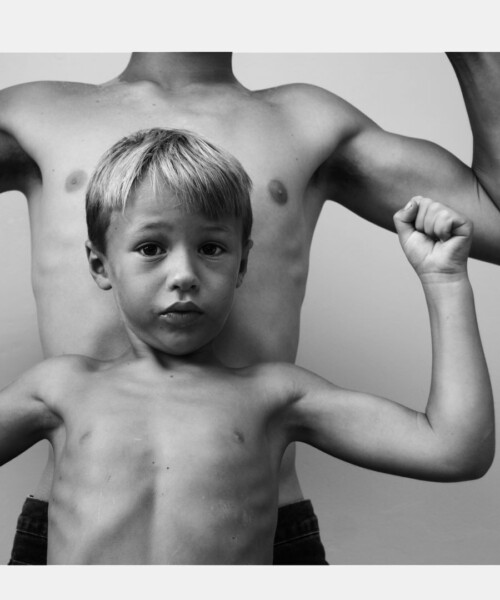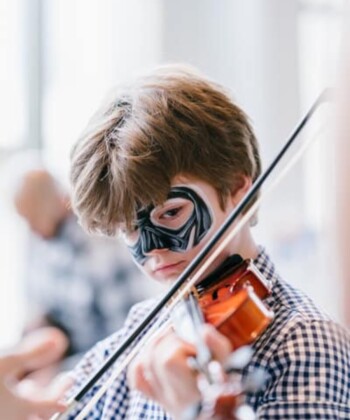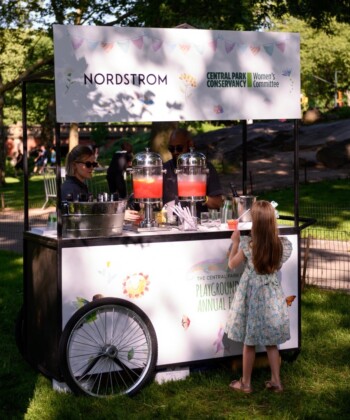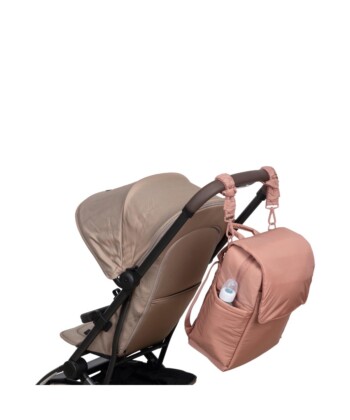CrossFit Kids sounds like an oxymoron, doesn’t it?
When you consider CrossFit, the popular, fast-paced workout used by police academies and tactical operations teams, military special operations units and now everyday gym-goers looking for that same high-intensity training, you think of bulging muscles, rigorous structure and Workouts of the Day. Kids render thoughts of somersaults at playtime. Apparently though, there is a middle ground between the two, and it exists on the floor of your neighborhood box. (That’s CrossFit speak for “gym.”) Available in over 1,200 gyms worldwide, CrossFit Kids classes are the latest trend in after-school programming—and if they’re anything like the grown-up version, they’re only poised to get bigger.
According to Jeff Martin, who co-founded the program with his wife Mikki in 2004, CrossFit Kids is a strength-and-conditioning program tailored to children ages three to 18, which “at its heart is all about teaching children good fundamental and functional movement.” This means basic exercises like squats, pushups and light medicine ball moves take center stage, and are then used to teach the kids how to apply these skills to what they would do at home, like picking up their backpacks or playing on the floor sitting in a squat.
Despite being around for a few years, the classes didn’t start catching on until recently, when the original CrossFitters starting having kids. Naturally, they wanted to share with their offspring what they love most in this world: high-intensity training. The fascination works both ways. “Kids are drawn to CrossFit because they want to be like the adults in their lives,” says Dr. Tracy Zaslow, a sports medicine specialist at Children’s Hospital Los Angeles.
The exercises also make sense logistically. Eric Von Frohlich, founder of New York’s EVF Performance NYC and a CrossFit Kids coach, points out that downtime for CrossFitters occurs between the hours of 4 and 6 p.m., which coincides with the weekday time when parents are looking to occupy children with enriching after-school activities. It was fate that the two would meet.
Five years ago, there used to be about six CrossFit affiliates in the five boroughs of New York, now, there are six within three miles. They are becoming as popular as yoga studios, so much so even non-CrossFitting parents are jumping onboard. When one such parent, Jemma from Highland, New York, heard about its positive effects, she considered CrossFit for her 8-year-old daughter Katie. “I was looking for a physical activity we could do together, that would challenge her and help her get strong and fit. Activities like recreational gymnastics weren’t cutting it. I asked my daughter’s pediatrician before signing her up for CrossFit if he thought this was a safe activity, and he supported it fully.”
Doctors agree that the program has benefits. “It’s a great way for kids to get active and can be a complement to their regular physical activity, like sports or dance,” says Dr. Zaslow. “When it is supervised appropriately, done correctly and not being overdone, CrossFit can provide a great strength training and cardiovascular workout for children.”
Since signing her up, Jemma has seen a boost in her daughter’s confidence, strength, body awareness, social skills and focus, which instructors say is common. “Parents tell me that CrossFit Kids is transforming their child. They are stronger at performing everyday tasks like walking the dog or keeping up on family vacations, but most importantly, they stand taller and are more confident,” says Michele Kelber, a CrossFit Kids coach in New York City.
Despite the praise, I still had doubts about the program’s safety and wanted to witness the scene firsthand. So I dropped by an EVF Performance’s CrossFit Kids class in New York on a recent weekday afternoon, fully expecting to see heavy weights, huge tires and barking bodybuilders.
Instead, I was pleasantly surprised. The name is deceiving; classes more closely resemble old-school P.E. classes than crazed, sweat-drenched workouts. The first class consisted of seven students ages 8 to 12, and the second class had five students ages 13 and up. There were relay races, games, animal imitations—even a few laughs. It’s only when they whipped out the weights that the workout started to feel serious. However, instructors insist kids only use weights when and if that child is ready and willing. “Light weights are introduced to more seasoned athletes, but only after they show me that they can use proper form,” says Kelber. “The kids know this and take pride in ‘doing it right’ to graduate to the next step.”
Of course, as with any activity that gets your heart pumping, there are risks involved. “The danger really comes from not using the right form, which can lead to injuries. But there are risks with any physical activity, and it’s just about practicing the best technique and avoiding overuse,” says Dr. Zaslow.
While it’s not as scary as I imagined, it’s true that CrossFit Kids isn’t for everyone. Frohlich feels that children who are already athletic in other areas of their lives would excel at CrossFit the most. The American Academy of Pediatrics has stated that weightlifting after the age of eight can be safe, but the doctors and trainers we spoke with agree that using weights any earlier can be risky, as bones, muscles and tendons are still maturing.
Parents who think their children are up for the challenge should spend time with the coaches to make sure they individualize classes, suggests Frohlich. Dr. Zaslow urges parents to look for small classes, because “it’s just so easy for kids to go into a class of 12 kids or more and perform the exercises incorrectly because it’s impossible for the teachers to watch each child as closely as need be.”
Finally, parents afraid of their grade schooler bulking up Schwarzenegger-style shouldn’t worry. As Dr. Zaslow points out, “Most kids before puberty will be able to build strength in their muscle, but the actual physical appearance of the muscle will not change.”
But beware, Junior might like it so much he’ll be saying “I’ll be back.”









































